Prairie Style Homes — A Detailed Guide to this Iconic Architectural Style
This style transformed America’s approach to architecture. Here, experts share how its impact still lingers in today's design
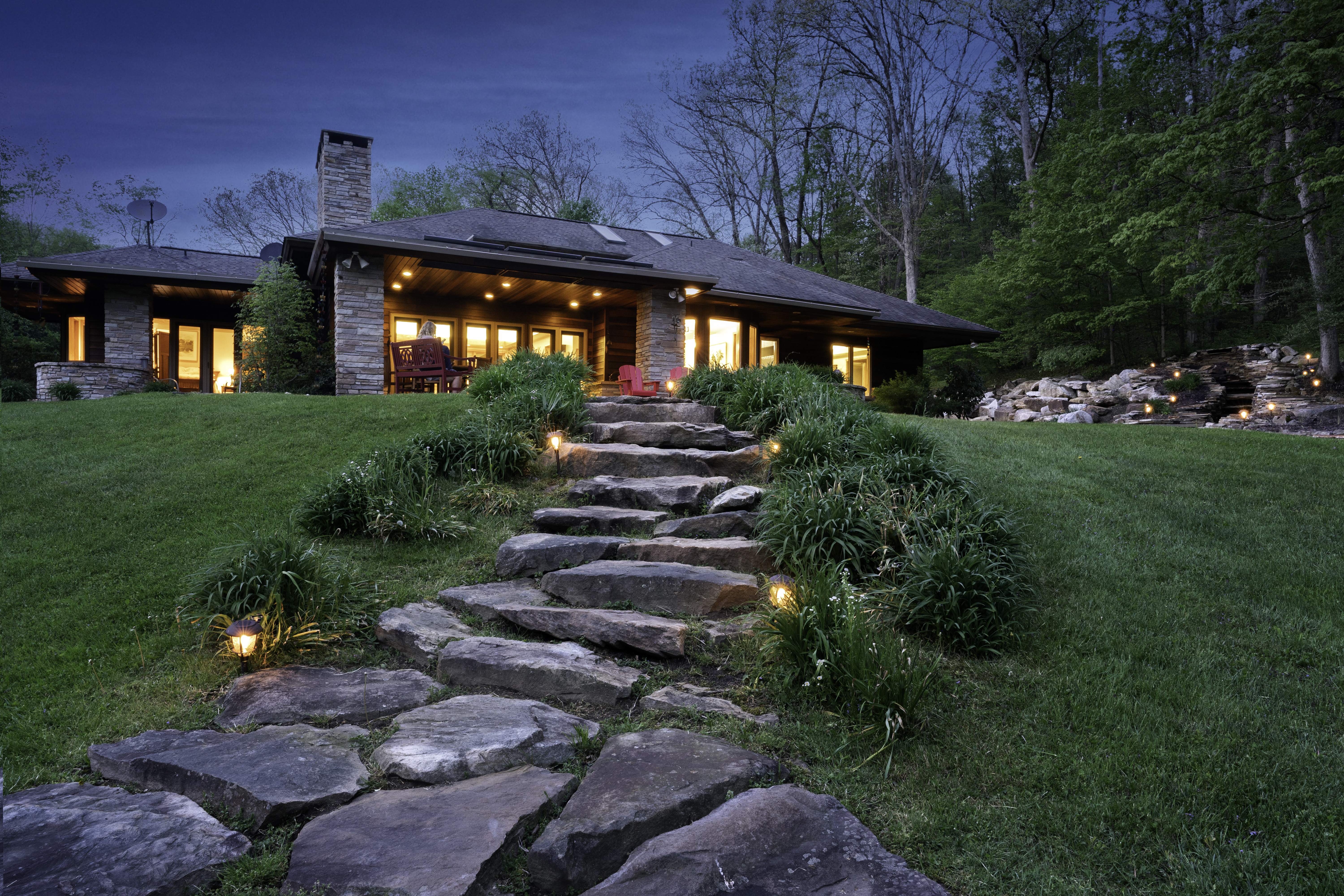

In a society that is oversaturated with technology, many are turning back to architecture styles and interior design that feels natural and comforting while maintaining modernity and functionality. Prairie style homes are some of the best examples of this on American soil.
But what exactly is it? Elements from this 19th-Century Arts and Crafts style still have a strong influence on the design of modern homes today, and the prevalence of this is a testament to the durability and functionality of the Prairie architectural style.
To help gain a better understanding of what makes this style different to others, we spoke to experts in architecture and interior design to get the full picture on Prairie style homes, as well as understanding how the style is evolving for today. Here's everything you need to know.
What are Prairie Style Homes?
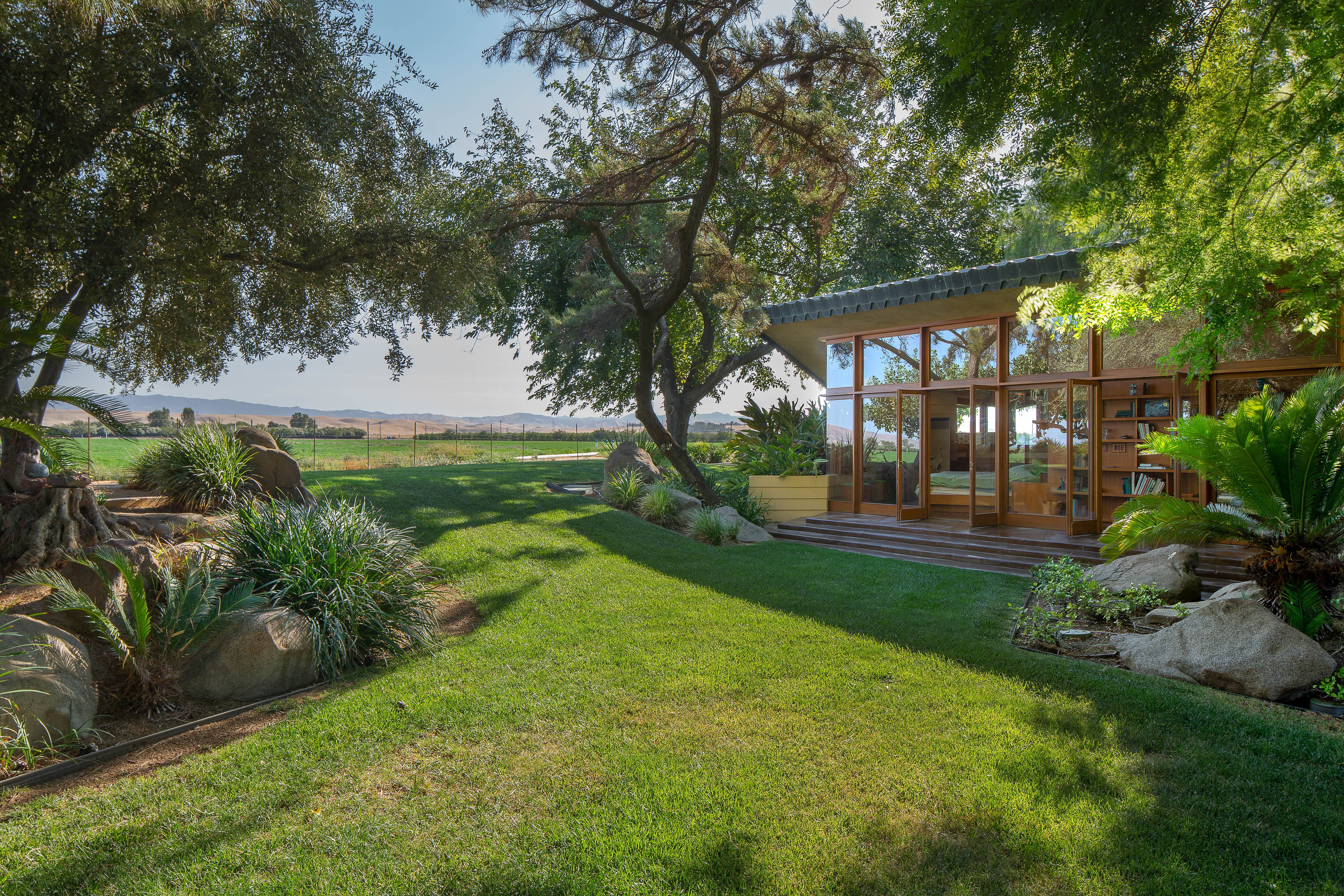
“Prairie style is a design and architectural movement defined by its horizontal emphasis, open layouts, and deep connection to nature,” Lauren Lerner, principal designer at Arizona-based interior design firm Living With Lolo, says. “It's an enduring favorite for those who value both elegance and connection to the natural world.”
Prof. Neil Jackson, an architect, architectural historian, and Professor Emeritus of Architecture at the University of Liverpool, describes them as “a response to the nature of America” and the Midwest’s “wide, open expanse”.
“It's antithetical to the classical tradition,” Neil adds. “The architecture, the Prairie style, was very much a homegrown American architecture.”
Where did Prairie style home originate?
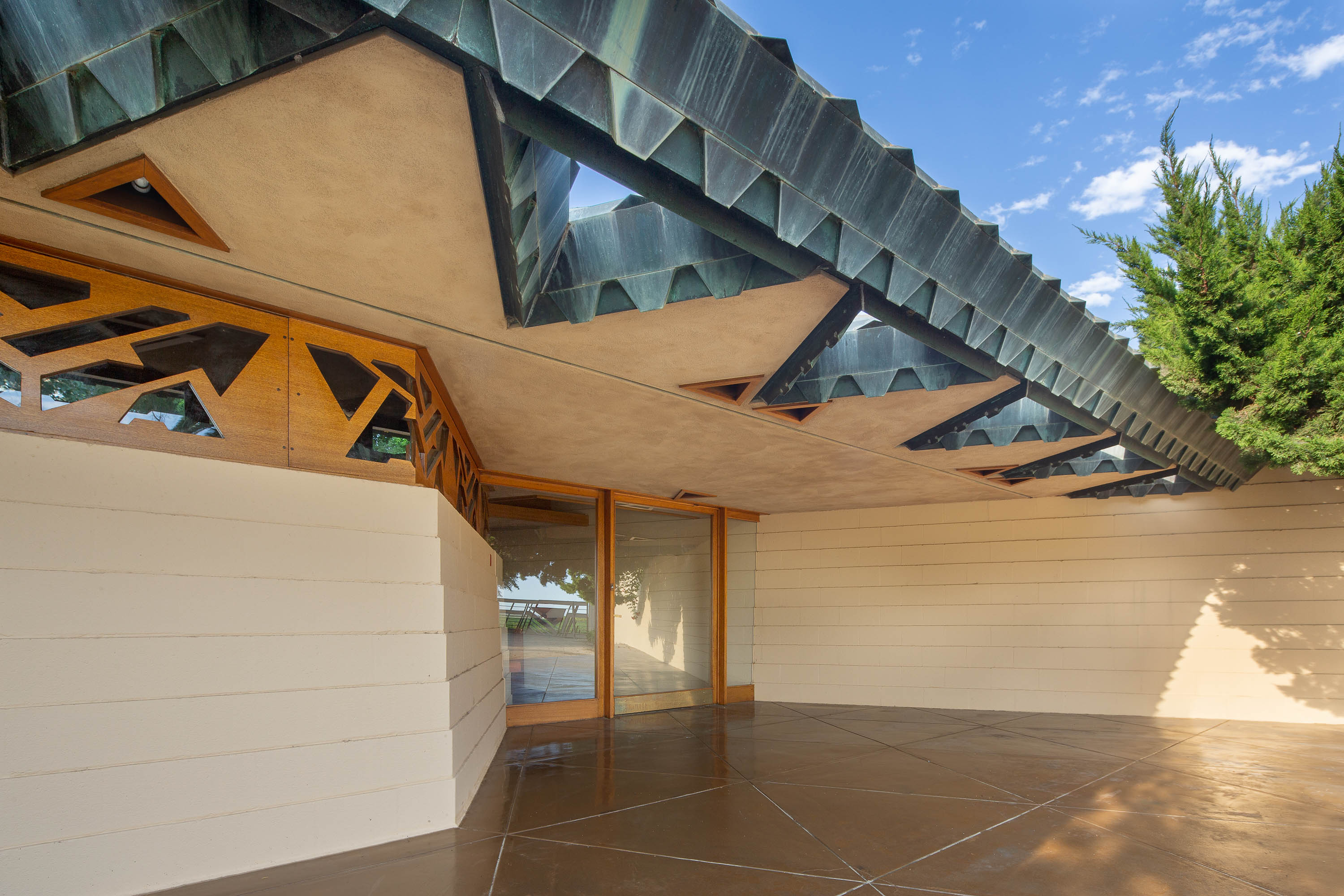
The conception of this style is attributed to Frank Lloyd Wright, a celebrated architect who’s career coincides with the end of the Victorian design era, where American design was beginning to stray away from its classical European roots and try new styles that worked well with the landscape.
Be The First To Know
The Livingetc newsletters are your inside source for what’s shaping interiors now - and what’s next. Discover trend forecasts, smart style ideas, and curated shopping inspiration that brings design to life. Subscribe today and stay ahead of the curve.
“Right at the end of the Victorian era, from 1900 to 1910 there were hints of it,” Neil explains. “Beginning in the 1890s a magazine called The Ladies Home Journal, which was published in Chicago, promoted this sort of architecture, and Frank Lloyd Wright would put his designs in there as examples for people to follow. And the Prairie style grew out of that.”
What are the characteristics of Prairie style homes?
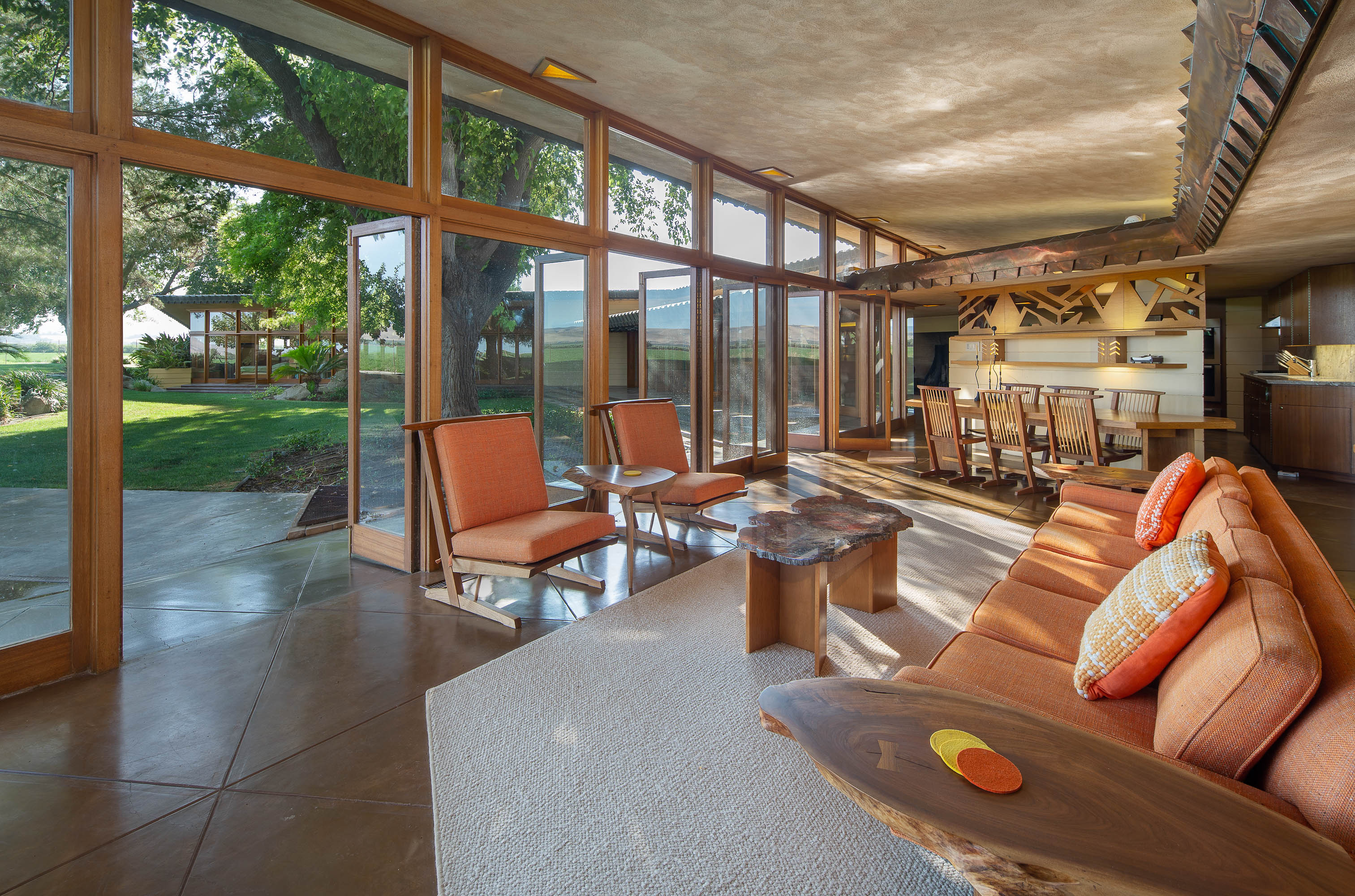
Prairie style homes are generally characterized by their open floor plans and use of horizontal lines which "evoke a sense of spaciousness and seamless flow," explains Lauren.
“This style is known for its low-pitched roofs, extended eaves, and the use of natural materials like wood and stone, seamlessly blending buildings with their surroundings,” she continues.
Frank Lloyd Wright's 'Winslow House' — considered by many to be one of the first Prairie style homes — recently went on the market, offering a glimpse inside this iconic architectural style.
How do Prairie style homes fit into modern design?
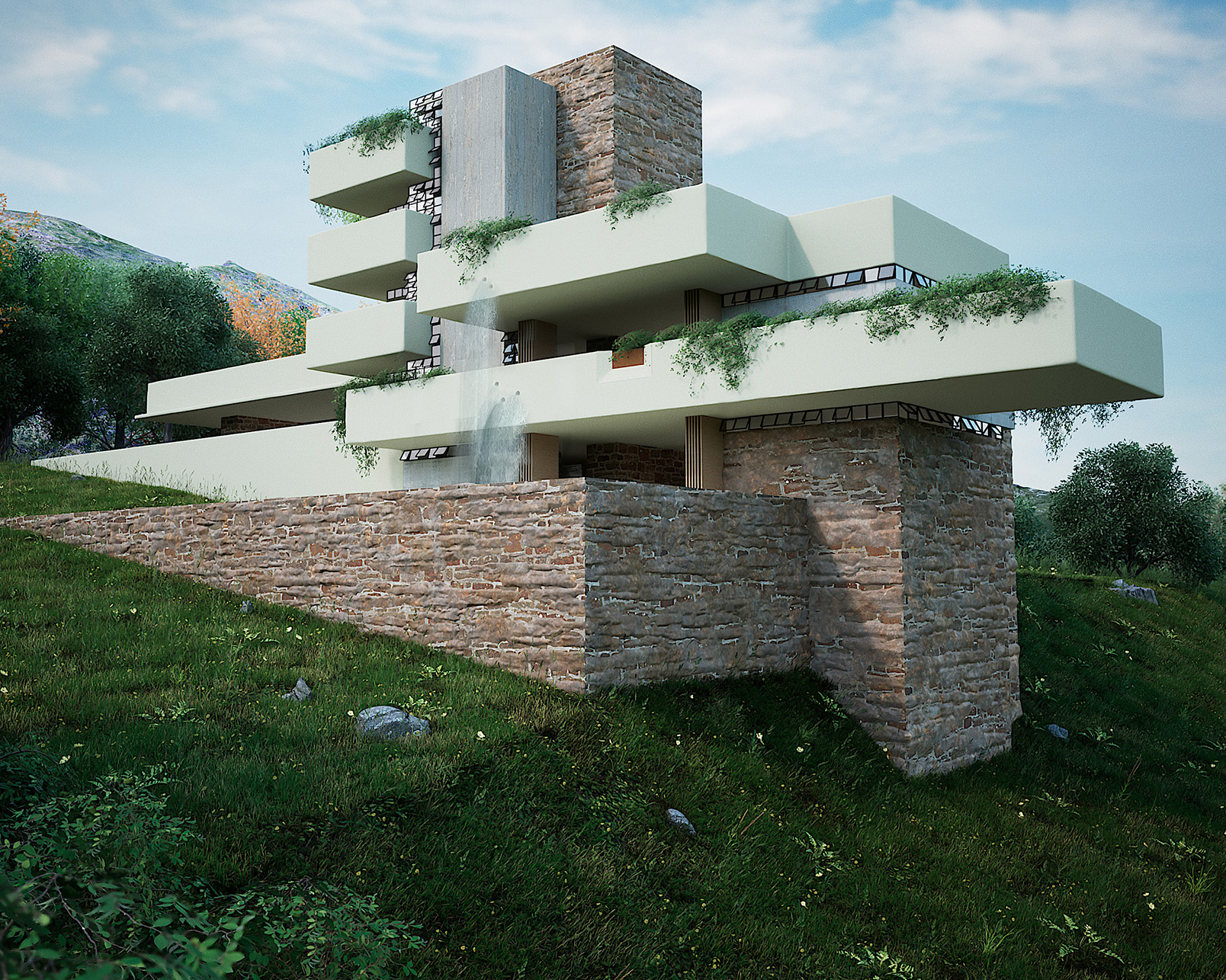
Neil says that the principles behind Prairie style homes is very much still alive in the American way of thinking. “Even housing developers in America, when they develop housing tracts, are picking up on the ranch style,” he adds.
Many modern homes take key elements that weren’t seen in design before the advent of Prairie style homes, and combine them with other styles.
The Prairie style “took a new form and a new shape,” Neil explains. “There were many buildings later in the 20th Century, such as just after the Second World War, where the architecture was fairly directly derived from Prairie-style thinking, though it might well have been done with steel and with glass walls, as opposed to brick walls or wooden walls and the wooden frame. They were different buildings, but they couldn't have really happened without the Prairie style being there before them.”
“Here in Arizona, Frank Lloyd Wright's influence is everywhere,” Lauren says. “While I don’t have any projects that fully embrace the Prairie style, many of my designs incorporate elements inspired by his work.”
What Elements of Prairie Style Have Been Lost to History?
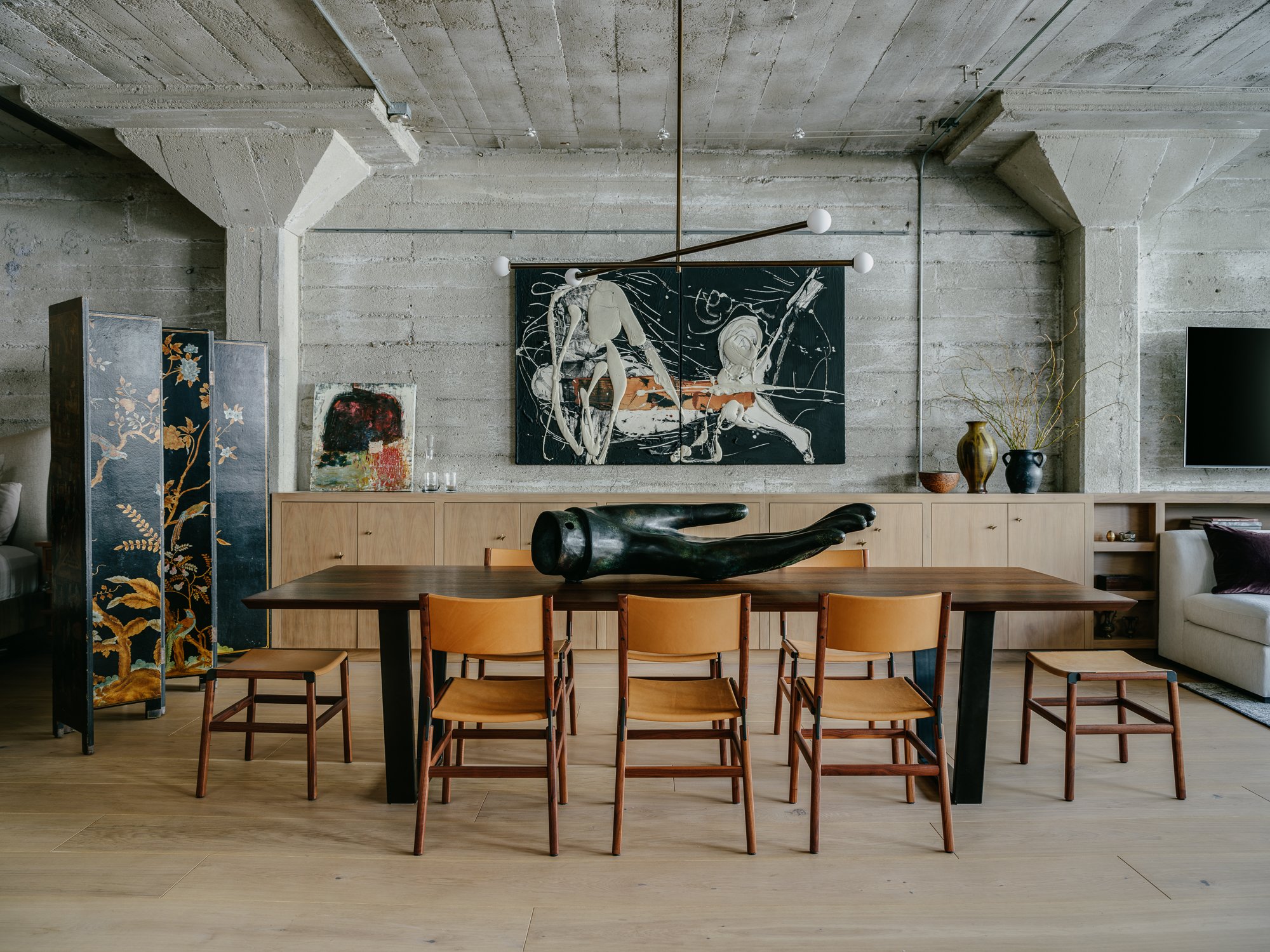
A distinct element that Lauren highlights is handcrafted elements, which is rare to come by in modern design as it, amongst other features, phased out over time due to industrialisation and the political landscape.
Neil expands on this, adding: “In the 1930, the Bauhaus teachers all had to leave Germany because of the Nazis. Walter Gropius, the school’s founder, ended up at the Graduate School of Design at Harvard and brought a new type of architecture with him. He and Bauhaus colleagues, particularly Marcel Breuer, introduced a European modernist architecture which Wright had to respond to.”
“[Wright] had to ditch all his arts and craftsy decorative techniques and make it look much more like an industrial piece of architecture,” he continues. “Industrial in the sense that it had metal frame windows and a steel frame structure, and cement rendering on the outside. All that certainly developed in the 1950s and '60s, and particularly in California, where there was a magazine called Arts and Architecture that promoted modern design.”
How To Decorate a Prairie-Style Home
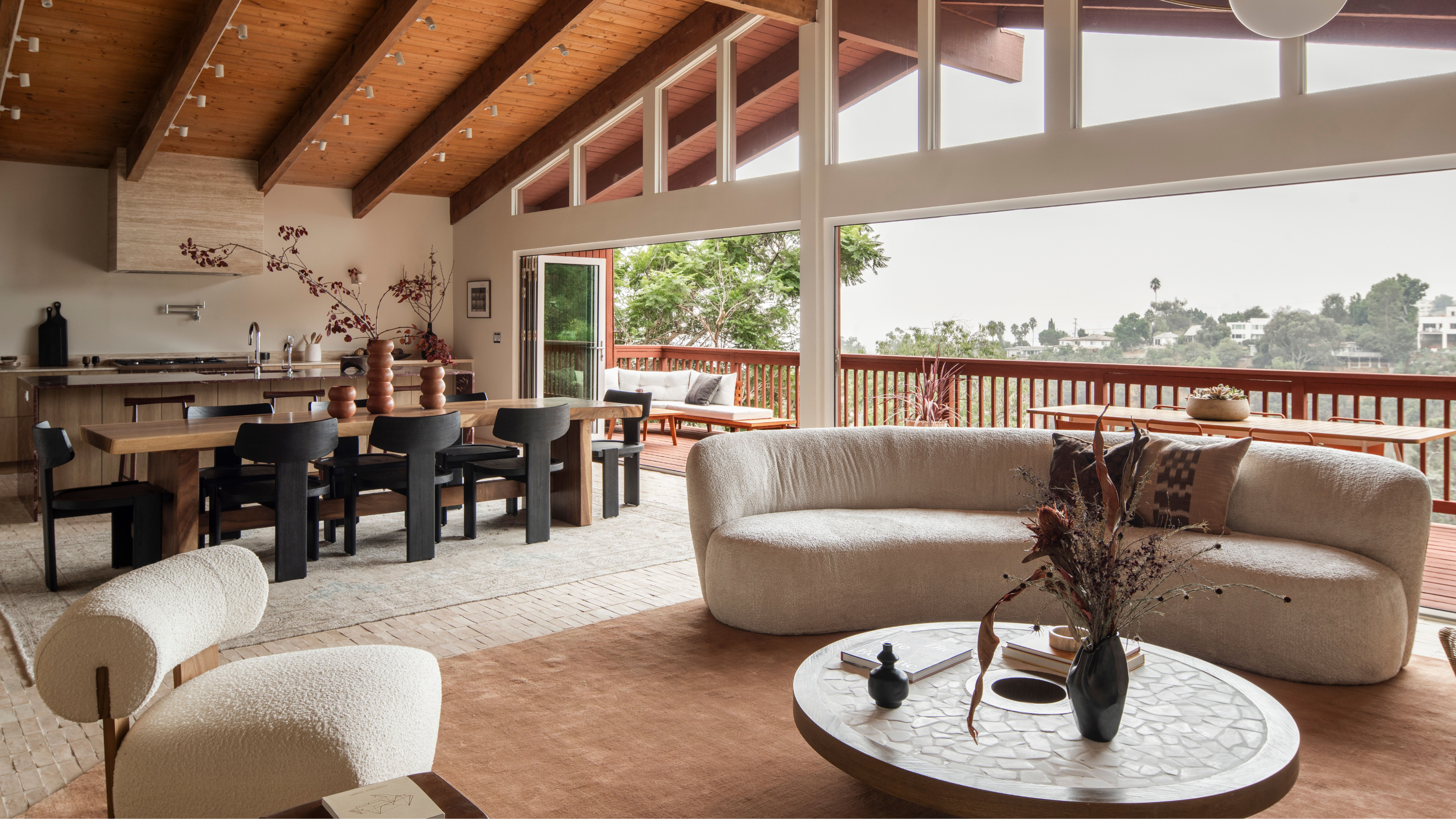
When it comes to decorating a Prairie style home, Lauren recommends incorporating earthy paint colors and organic materials such as wood, stone, and leather. These materials are a core part of the visual style of Prairie architecture, so they work well when used for the interior decoration, too.
“Connect with nature by adding abundant greenery or large windows that invite the outdoors in,” Lauren continues.
She also recommends going beyond the core Prairie-style elements when decorating and furnishing your home. “Accentuate horizontal lines with low-profile furniture and layered rugs, to create a grounded, cohesive look," she says. "And include geometric patterns through textiles or stained glass to reflect the home's architectural details."
When it comes to elements like millwork, Laurens says to "Opt for built-in or minimalist furnishings to preserve the clean, open aesthetic.”
What Is The Difference Between Prairie-Style Homes and Craftsman Homes?
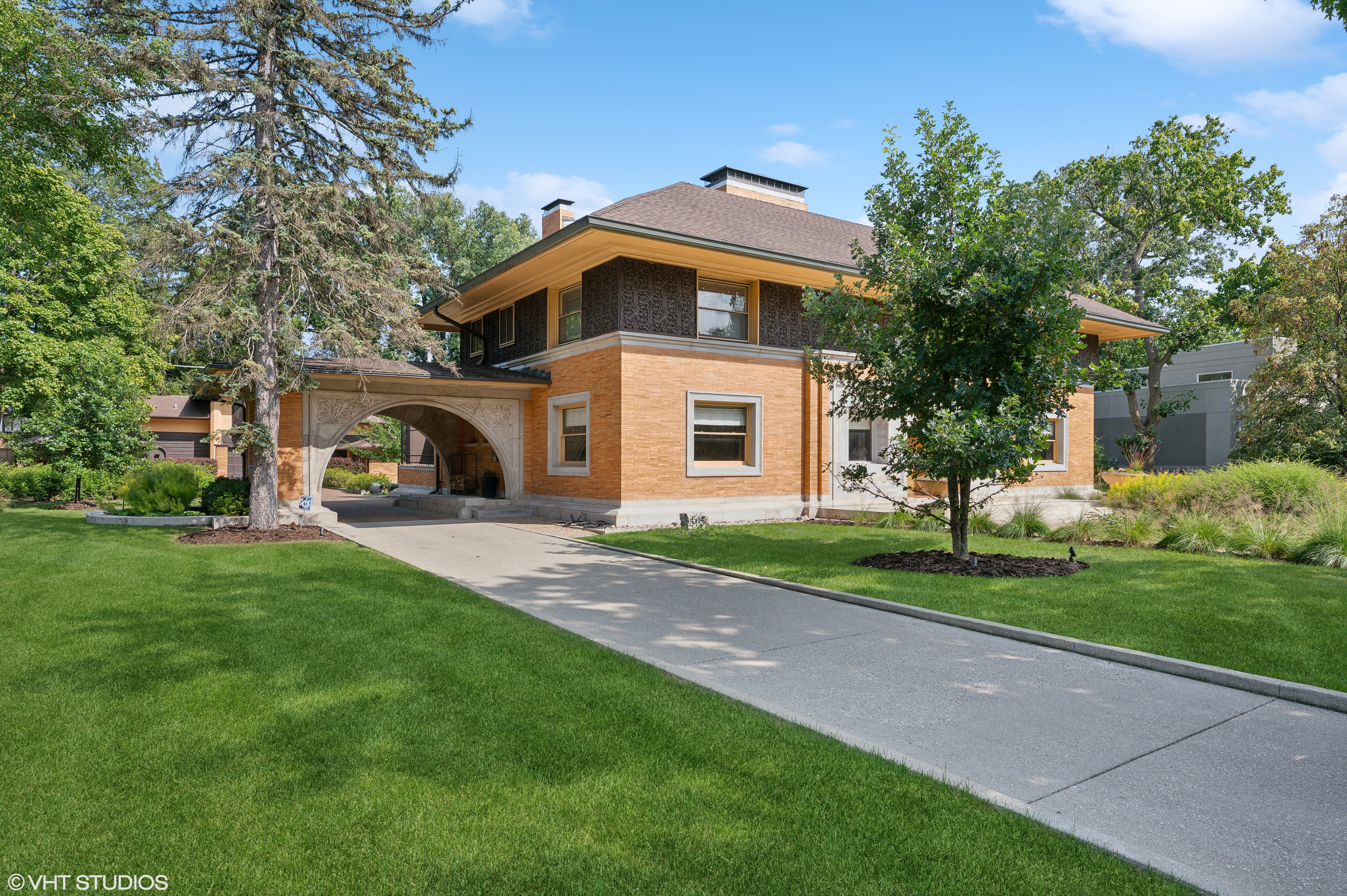
Lauren points out that the key differences between these two architectural styles is the overall shapes and layouts. “Prairie-style homes are known for horizontal lines, low-pitched roofs, and harmony with the landscape," she explains. "Craftsman homes, by contrast, highlight vertical lines, steeper roofs, and exposed structures."
Where Prairie style homes favor open layouts, Craftsman have "cozy, compartmentalized spaces with rich woodwork and detailed trim," she adds.
Although these seem like small differences, they can actually really impact the interiors and how the architecture relates to the landscape. Despite the timber facades, Craftsman homes stand out more in nature, whereas Prairie style homes are designed to blend in.
The open layout in Prairie-style homes also changes the way that light, sound, and heat travel around the space so the atmosphere in terms of ambience, reverberation, and ventilation is completely different.

Cheyenne is a homes writer and journalist living in South London. She contributes to Livingetc and has previously written for British Vogue and FT Weekend. Outside of her work covering home design and trends, she loves designing and renovating spaces for family and friends and never shies away from an estate sale or auction.
-
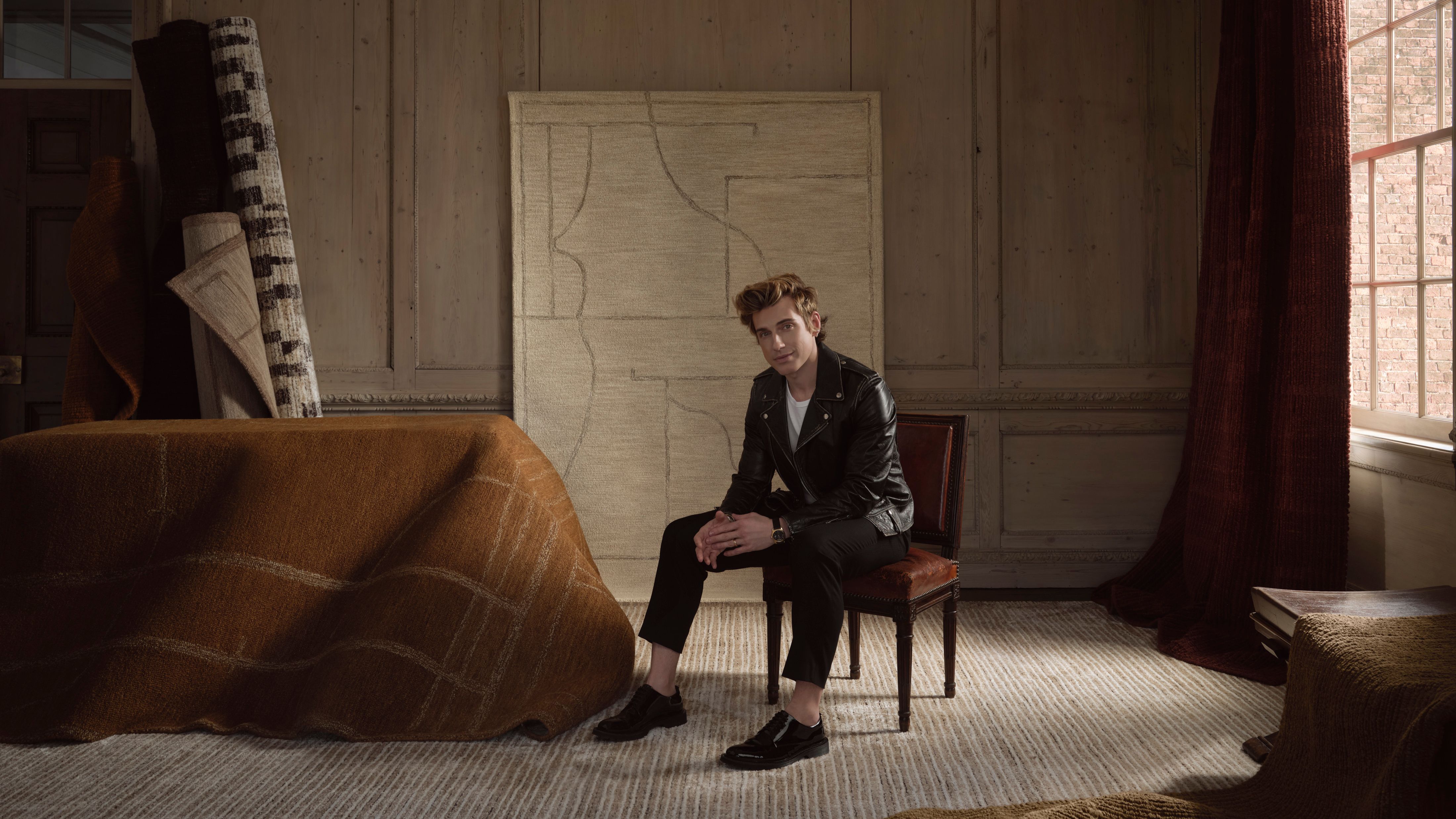 Jeremiah Brent Captures the Grit and Glamour of NYC in His New Loloi Collaboration
Jeremiah Brent Captures the Grit and Glamour of NYC in His New Loloi CollaborationThe TV-famous interior designer looked out of his own window — and hit the pavement — for a collection that turns city spirit into tactile design
By Julia Demer
-
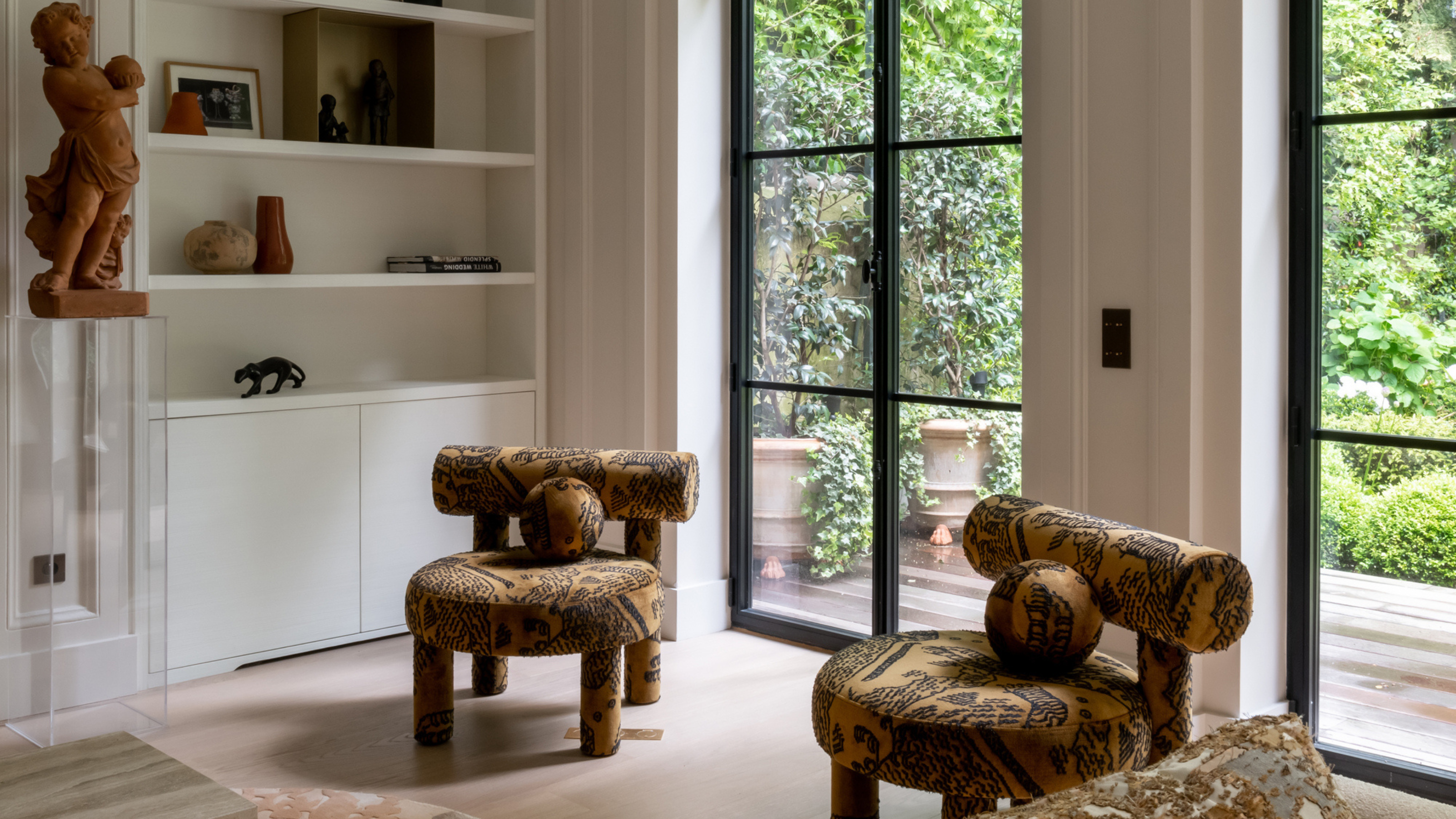 This Specific Fabric Print Is Literally Everywhere Right Now — Here's Why
This Specific Fabric Print Is Literally Everywhere Right Now — Here's WhyIt's whimsical, artistic, and full of character. We've called it already: Dedar's 'Tiger Mountain' is the fabric that will define 2025
By Devin Toolen